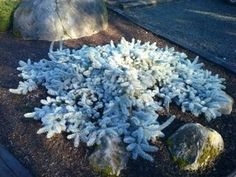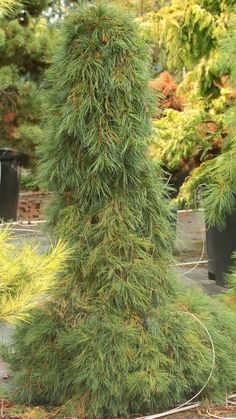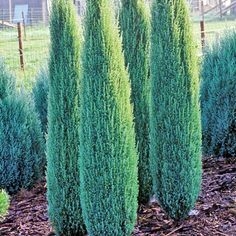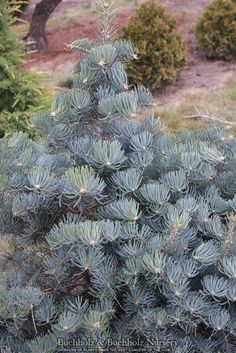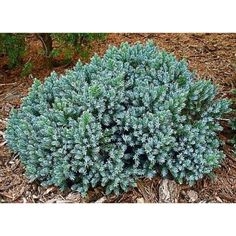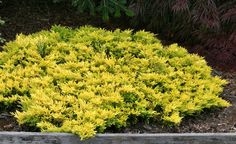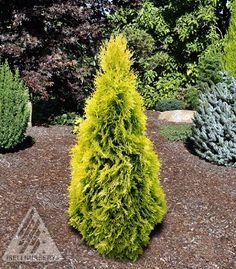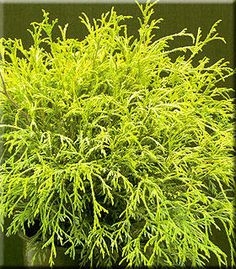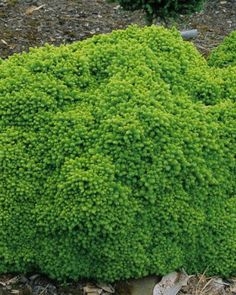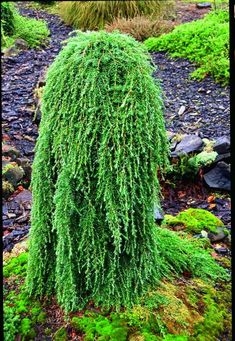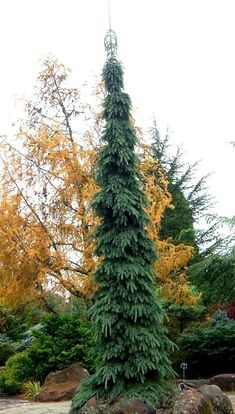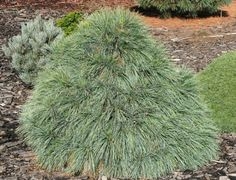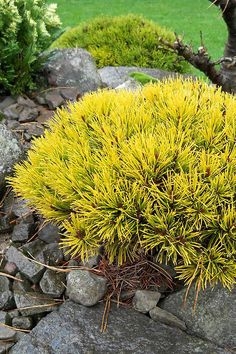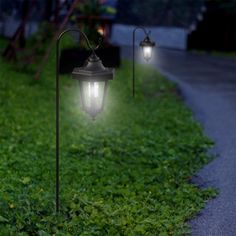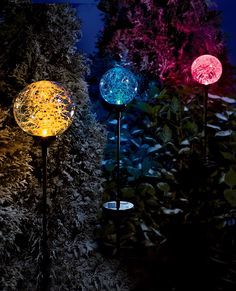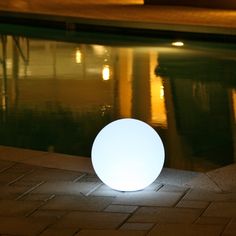Dwarf conifer beds are becoming more popular. As the landscapes get smaller, everyone has an abandoned area they need to bring to life. They take less time to maintain overall compared with flowerbeds. Conifers (evergreens) provide beauty year-round with some changing their foliage color. Also, the varieties are huge with different growing habits, heights, colors, textures, and provides shelter for the birds.

In designing the area, consider it is like planting a large container. You will need taller plants, mid-level plants, and ground cover varieties. Add a statue, fountain, or gazing globe for additional interest. Try mixing these evergreens with spring bulbs or perennials like Russian sage. They can be grouped to soften the corners of a house or create an area in your front yard.

Since dwarf evergreens are easy going there is not much work associated with them once planted. Keep moist in well-drained soil with some organic matter added. They are not heavy feeders; however, a spring dose of fertilizer helps them along in the early years.

